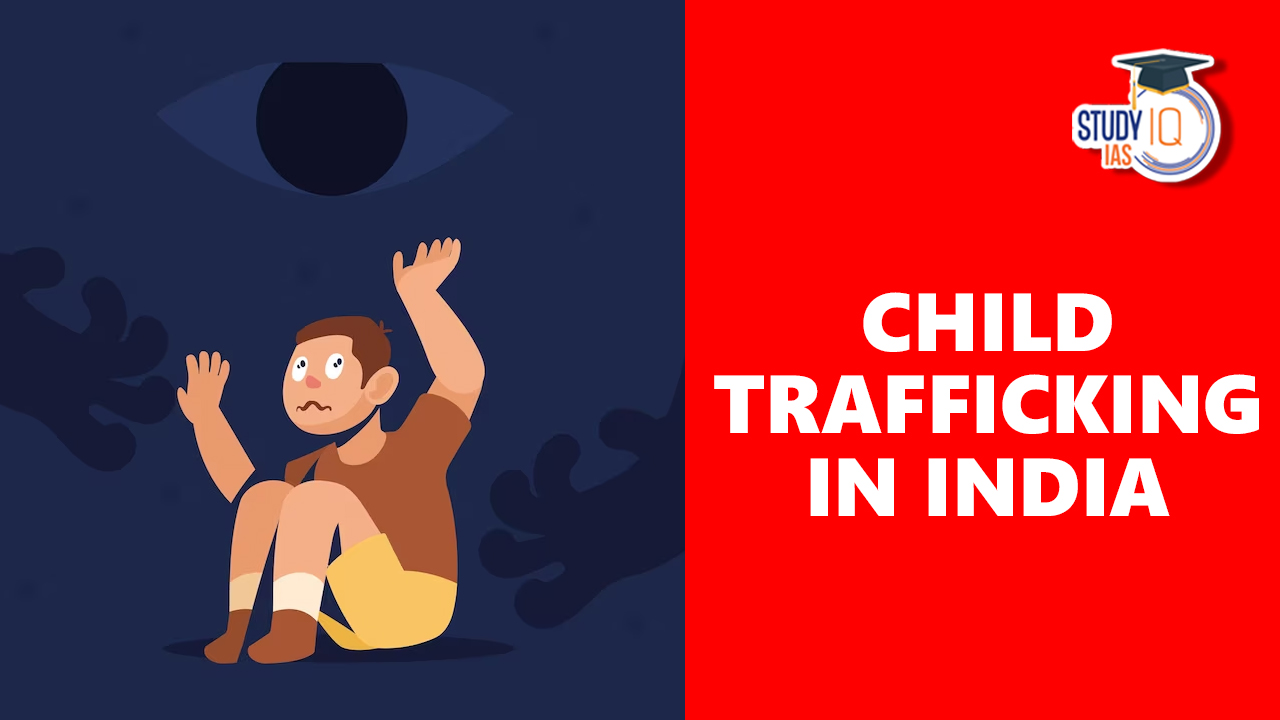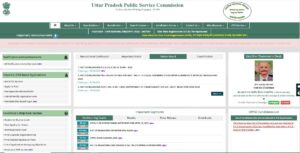Table of Contents
Context: The Centre has decided to help build infrastructure in border areas to combat child trafficking and help in rehabilitation and protection of victims.
More on News
- This is a new initiative by the Ministry of Women and Child Development.
- Through this initiative, the ministry will provide financial assistance to the states and union territories (U.T.) located along the border areas.
- In the past, the ministry has already been providing financial assistance to all states and UTs through the Nirbhaya Fund.
- The fund has been used to set up and strengthen Anti-Human Trafficking Units (AHTU) in every district of the country, including in border guarding forces like the Border Security Force (BSF) and Sashastra Seema Bal (SSB). Currently, there are 788 AHTUs operational.
- The objective of the initiative is to establish homes for the protection and rehabilitation of trafficking victims from neighboring countries (majority of the victims being children and minors).
- These homes will offer various facilities and services such as shelter, food, clothing, counselling, primary health facilities, and other daily needs for the trafficking victims.
- The initiative is in the backdrop of the fact that India is both a source and a destination country for human trafficking.
- The main source countries for trafficking into India are Nepal, Bangladesh, and Myanmar.
- These victims are often lured with promises of a better life, jobs, and improved living conditions.
- In many cases, the trafficked women and girls, are forced into commercial sex work after arriving in India.
- They are often transported to major cities like Mumbai, Delhi, and Hyderabad before being taken out of the country to West Asia and Southeast Asia.
- Given the increased vulnerability of states bordering these countries, the initiative aims to enhance vigilance and establish adequate facilities.
- The trafficking victims from these areas will be presented before child welfare committees to assess their eligibility for sponsorship under the Mission Vatsalya Scheme guidelines.
About Child Trafficking
What is Child Trafficking?
- It refers to the “recruitment, transportation, transfer, harbouring or receipt of persons below the age of 18 years, within or across borders, legally or illegally, by means of threat or use of other forms of coercion, abduction, deception, the abuse of power or the position of vulnerability or, of the giving or receiving of payment or benefits to achieve the consent of such person, with the intention or knowledge that it is likely to cause or lead to exploitation”.
- Child trafficking manifests in the form of domestic labour, forced child labour across industries, and illegal activities such as begging, organ trade and commercial sex purposes.
- India has pledged to eliminate child labour by 2025.
Stats IQ: Child Trafficking in India
According to the NCRB data,
- Eight children were trafficked every day in India in 2021 — for labour, begging and sexual exploitation.
- These numbers stood at 2,834 cases in 2018; 2,914 in 2019; 2,222 in 2020.
- Out of the total 4,700 people trafficked in 2020, 1,377 were minor boys and 845 were minor girls.
- 95% of the reported cases in 2019 were of internal trafficking.
- The sale of children happens across borders too, with key routes being India to Gulf States and South East Asian countries. One such practice happens in the name of ‘khadama’, where girls go to Gulf countries to work as housemaids.
- One child goes missing every eight minutes in India — with millions ending up in domestic slavery, sex work and forced labour.
- Minor girls in the age bracket 15-18 years are more vulnerable to trafficking, and believed to be in “greater demand” for the sex trade industry and domestic labour.
- “Poverty, hunger, and lack of work are the main reasons for this.
- The caste and community-based discrimination and unfair treatment in rural areas are also at the root of this problem.
Other Observations:
- Several other reports have reported that since the 2020 lockdown, the pandemic created a second crisis of child trafficking, with children being pushed into a vortex of “despair, disease and death.”
- Since their schools are closed, many children are increasingly online for learning and socialising. This may make them more vulnerable to online sexual predators.
- Estimates show that children account for one in every three detected victims of trafficking worldwide; this rises to one in two in low-income countries.
Constitutional & Legal Provisions
- Article 23 of the Indian Constitution “prohibits traffic in human beings and any contravention of this provision shall be an offence punishable in accordance with the Law”.
- Further, Article 39(e) and (f) of the DPSP envisages that “The State should direct its policy towards securing such childhood and youth against exploitation and against moral and material abandonment so that the children are given opportunities to develop healthily in a free environment with dignity”.
- Section 370 of IPC.
- Section 370A:The exploitation of a Trafficked Person: Whoever, knowingly or having reason to believe that a minor has been trafficked, engages such minor for sexual exploitation in any manner, shall be punished with rigorous imprisonment for a term which shall not be less than five years, but which may extend to seven years and shall also be liable to fine”.
Laws Governing Anti-Trafficking Crimes
India has implemented several laws and initiatives to address child trafficking.
- The Immoral Traffic (Prevention) Act, 1956 (PITA): This act primarily focuses on preventing immoral trafficking and sex work. It has undergone amendments to strengthen its provisions against trafficking. However, it has faced criticism for not adequately addressing the rehabilitation and protection of sex workers.
- The Prohibition of Child Marriage Act, 2006: This act prohibits and penalizes child marriage, which is considered a form of child trafficking. It aims to prevent child marriages and protect children from the associated risks and exploitation.
- The Child Labour (Prohibition and Regulation) Act, 1986: This act prohibits the engagement of children in certain employments and regulates the working conditions for children in non-hazardous occupations. It has been amended to strengthen the protection of children from exploitative labour practices.
- The Juvenile Justice (Care and Protection of Children) Act, 2015: This act governs laws relating to children in conflict with the law. It emphasizes the protection, care, and rehabilitation of children in need of care and protection, including victims of trafficking.
- The Protection of Children from Sexual Offences (POCSO) Act, 2012: This act specifically targets the prevention and protection of children from sexual offenses, including commercial sexual exploitation. It provides for the establishment of special courts for the speedy trial of such cases and the support and protection of child victims.
- The Criminal Law (Amendment) Act, 2013: This amendment revised Section 370 of the Indian Penal Code, including the concept of human trafficking and providing for stricter punishment. However, there are calls to remove the requirement of “force, fraud, or coercion” to prove child sex trafficking crimes.
- Anti-Human Trafficking Units (AHTUs): India established AHTUs in 2007 to address the gaps in law enforcement response and ensure a victim-centric approach. These units aim to prevent trafficking, rescue victims, and prosecute traffickers. As of 2022, 768 AHTUs are operational in the country.
- The Trafficking in Persons (Prevention, Care, and Rehabilitation) Bill: It is a proposed legislation in India that aims to address various aspects of human trafficking, including prevention, protection, and rehabilitation of victims.
- The proposed bill includes specific penalties for offenses categorized as “trafficking” and “aggravated trafficking.”
- It broadens the definition of “victims” to include transgender persons and others who may be vulnerable to trafficking.
- The bill introduces mechanisms for the prevention and rehabilitation of victims, such as providing shelter, food, and other support services.
- It also extends the framework to address cross-border trafficking cases.
- The draft bill emphasizes making the justice-seeking process easier and more “victim-centric.”
- It proposes the establishment of district- and state-level “anti-trafficking units” with designated police officers, as well as a National Anti-Trafficking Bureau to handle investigations involving multiple states.
- The bill sets a timeframe of 90 days for completing investigations after the arrest of an offender and designates special courts for speedy trials to potentially address low conviction rates.
International Initiatives
- The U.N. Convention on the Rights of the Child (CRC), 1989.
- Palermo Protocol of 2000: India signed this Protocol in 2002, but it was ratified in 2011. This Protocol, for the first time, provides a clear definition of trafficking, which helps in combating trafficking.
- The United Nations Global Initiative to Fight Human Trafficking (UN GIFT) was conceived to promote the global fight against human trafficking, based on international agreements reached at the UN.
Way Forward
- Awareness and Education: Promote awareness campaigns at various levels of society to educate people about the risks and consequences of child trafficking. This includes raising awareness among vulnerable communities, parents, children, and the general public.
- Stringent Legal Measures: Enforce strict legal provisions against exploiters, brokers, and traffickers. Strengthen laws related to child trafficking, ensuring that they are comprehensive, effective, and adequately implemented. Increase penalties and ensure swift and fair trials for offenders.
- Cybercrime Monitoring: Enhance efforts to monitor and combat cyber pornography and online exploitation of children. Collaborate with law enforcement agencies, internet service providers, and technology companies to develop effective mechanisms for detecting and preventing online child trafficking.
- Government Interventions: The government should take proactive steps to prevent the trafficking of children, such as implementing targeted child protection schemes, providing social protection programs, and addressing the root causes of poverty and social injustices that contribute to child labour and trafficking.
- Rehabilitation and Support: Develop comprehensive rehabilitation programs for rescued children, focusing on their physical, psychological, and emotional well-being. Provide access to education, vocational training, and healthcare services to help survivors reintegrate into society.
- Strengthen Existing Laws: Review and update existing laws, such as the Child Labour (Prohibition and Regulation) Act, to address legal gaps and ensure the protection of children from exploitation. Raise the minimum working age and strengthen enforcement mechanisms.
- Social Protection: Increase investment in social protection programs to support families and create decent work opportunities for adults. By addressing poverty and providing economic opportunities, the incidence of child labour and trafficking can be reduced.


 Bharat Bandh 9 July 2025: Over 25 Crore ...
Bharat Bandh 9 July 2025: Over 25 Crore ...
 UPPSC Mains Question Paper 2025: Downloa...
UPPSC Mains Question Paper 2025: Downloa...
 Sukhoi Su-57: Will India Choose Russia�...
Sukhoi Su-57: Will India Choose Russia�...





















